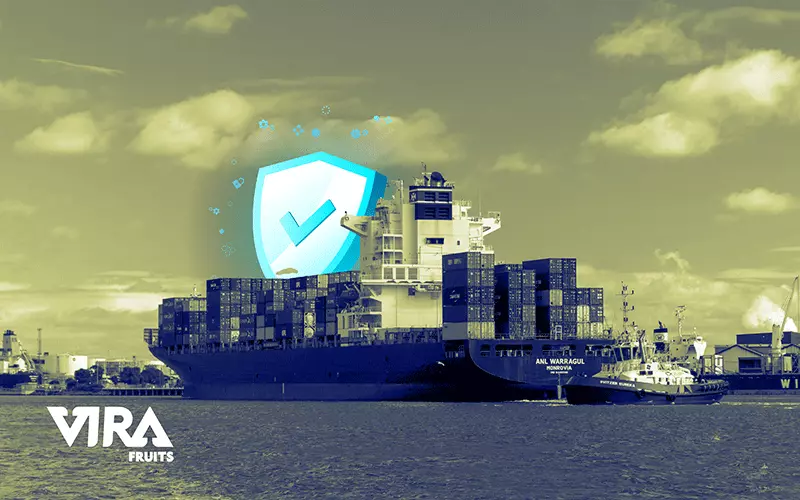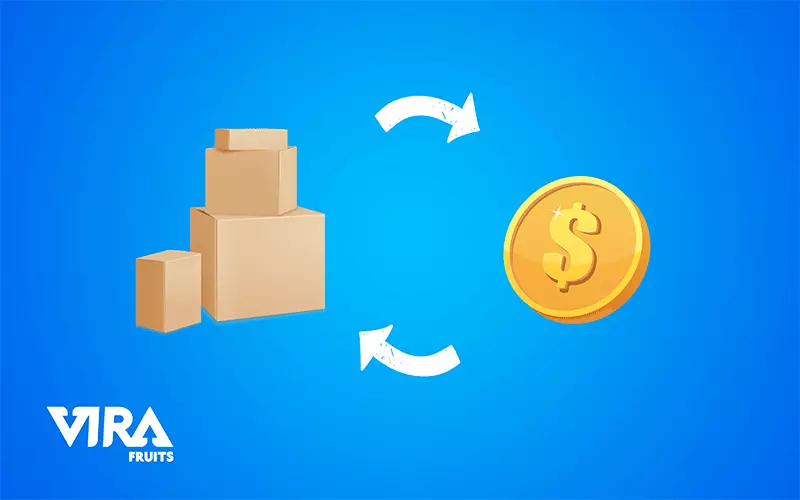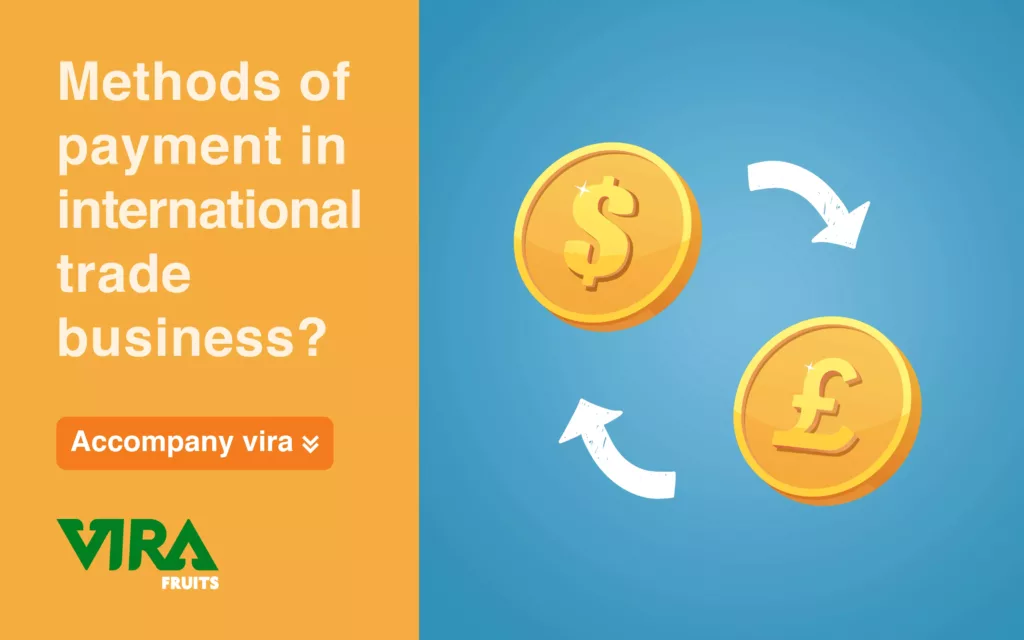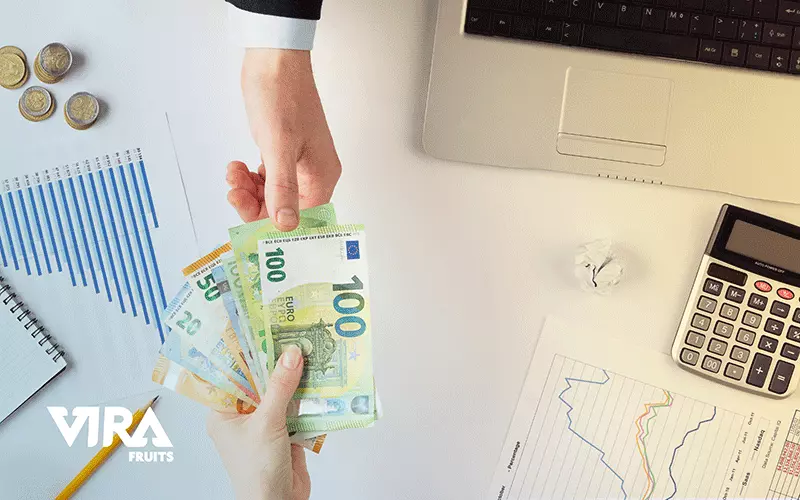In today’s global marketplace, exporters must offer consumers attractive sales terms and make payment options available according to the buyer’s needs. Here are the five primary methods of payment in international trade business from least to riskiest.
Letter of credit
International traders benefit from one of the most secure payment methods available, which is the letter of credit. International traders can rely on this method of payment to secure they will receive their payments on time and for the intended amount. Since this letter is a guarantee from a bank, it is a pretty secure way of payment in the international trade business.
Buyers set up credit with their banks and pay their banks for this service. Exporters often use Letters of Credit when they lack or are unable to obtain well-founded credit information about foreign buyers, but their foreign banks are creditworthy. As a result, the buyer is also protected since they will not have to pay for the goods until they are delivered.
Availability in most countries and the bank’s guarantee are the advantages of this method for the exporter or the seller. But If the bank does not pay, there may be no recourse. In addition, there are advantages and disadvantages for the buyer or the importer too. For example, they won’t be paid until all the products are delivered, and all documents are inspected. Also, this method does not include inspecting the goods for quality. Installation is fairly expensive.

Cash in advance
Payment in advance can eliminate credit risk and the risk of non-payment, as the exporter receives payment before the goods are transferred to the buyer. Among the different cash-in-advance options that exporters can use, wire transfers and credit cards are the most common. If you choose this option, you receive payment up front, and the money you receive from your client can be used to finance the production of the product you sell.
Cash in advance gives this option to the buyer or exporter to collect all or most of the money prior to shipment. This method is quite common and favorable for exporters since it provides a good cash flow. Also, there is no real disadvantage for the seller. But for importers, there are quite disadvantages. Generally presents the highest level of risk as it is not guaranteed to be delivered, or the goods delivered are of low quality; there may be problems with cash flow, especially if the purchase is financed. But Trust between buyer and seller is increased, especially if goods are scarce.

Open account
In the case of an open account transaction, goods are shipped and delivered prior to payment being due, such as within 30 days, 60 days, or 90 days. For exporters, open accounts pose a risk, but from the client’s point of view, this is a truly preferable method of payment.
This method equally has advantages for the importer and disadvantages for the exporter. This enables the possession and sale of goods before payment. It can also reduce operating expenses since the goods are not immediately paid for. It may also allow the sale of goods and the recovery of profits before paying for the goods. These are the advantages of this method of payment in international trade business for the buyer. Alternatively, It is likely that an exporter’s working capital might be stretched if a payment does not arrive on time; It may be necessary to obtain insurance or utilize trade finance. This is a big disadvantage for the exporter.
Consignment
In this method, The exporter receives payment for the goods after the foreign distributor sells them to the end customer. It is the riskiest payment method in the international trade business. The exporter’s benefit would be leading to faster delivery of goods, enhancing competition, offering ready access to new markets, enabling a more competitive price by eliminating the need to maintain inventory. Despite all the benefits it has, the exporter is responsible for all manufacturing costs, shipping, and delivery; Prices may not be recouped in case goods don’t sell as expected; The manufacturer will also be responsible for any loss, theft, or damage to goods after delivery.
Last words
International trade relies heavily on terms of payment. Setting these terms can be challenging, but in the end, you are able to minimize the risks of the trade. So choose the method of payment in international trade business wisely.

